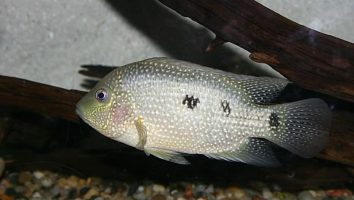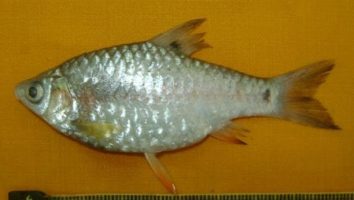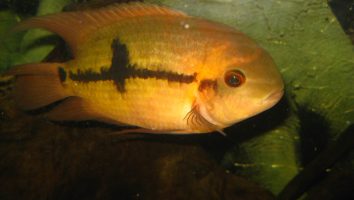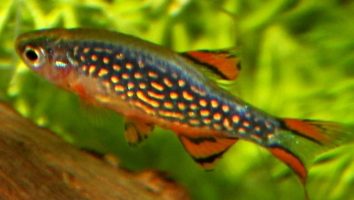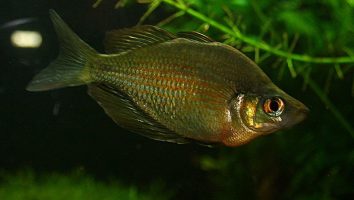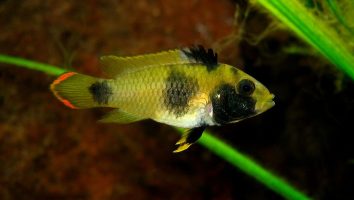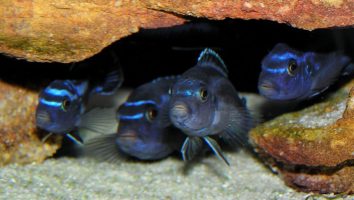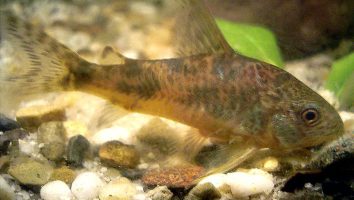The Bengal loach is a beautiful and unique freshwater fish that is perfect for any aquarium.
They are relatively easy to care for and make a great addition to any community tank.
However, they can be a bit shy at first and may not come out much. But once they get acclimated to their new home, they will be out and about more often.
This guide will teach you everything you need to know about Bengal loach care. You’ll learn about their diet, size, lifespan, and more!
Table of contents
Species overview
The Bengal loach (Homaloptera bengalensis) is a freshwater fish that is found in the rivers of Bengal, India. Due to the heavy pollution in these rivers, the Bengal loach has become a very hardy fish that can tolerate a wide range of water conditions.
They prefer slow-moving waters with a lot of vegetation, but they can also be found in faster-moving waters and even still ponds.
The Bengal loach is a scavenger fish that will eat just about anything it can find. This includes algae, small invertebrates, and even other fish.
Due to their hardiness and scavenging habits, Bengal loaches are a popular choice for aquariums. They are also a popular choice for ponds since they can help keep the water clean.
Appearance
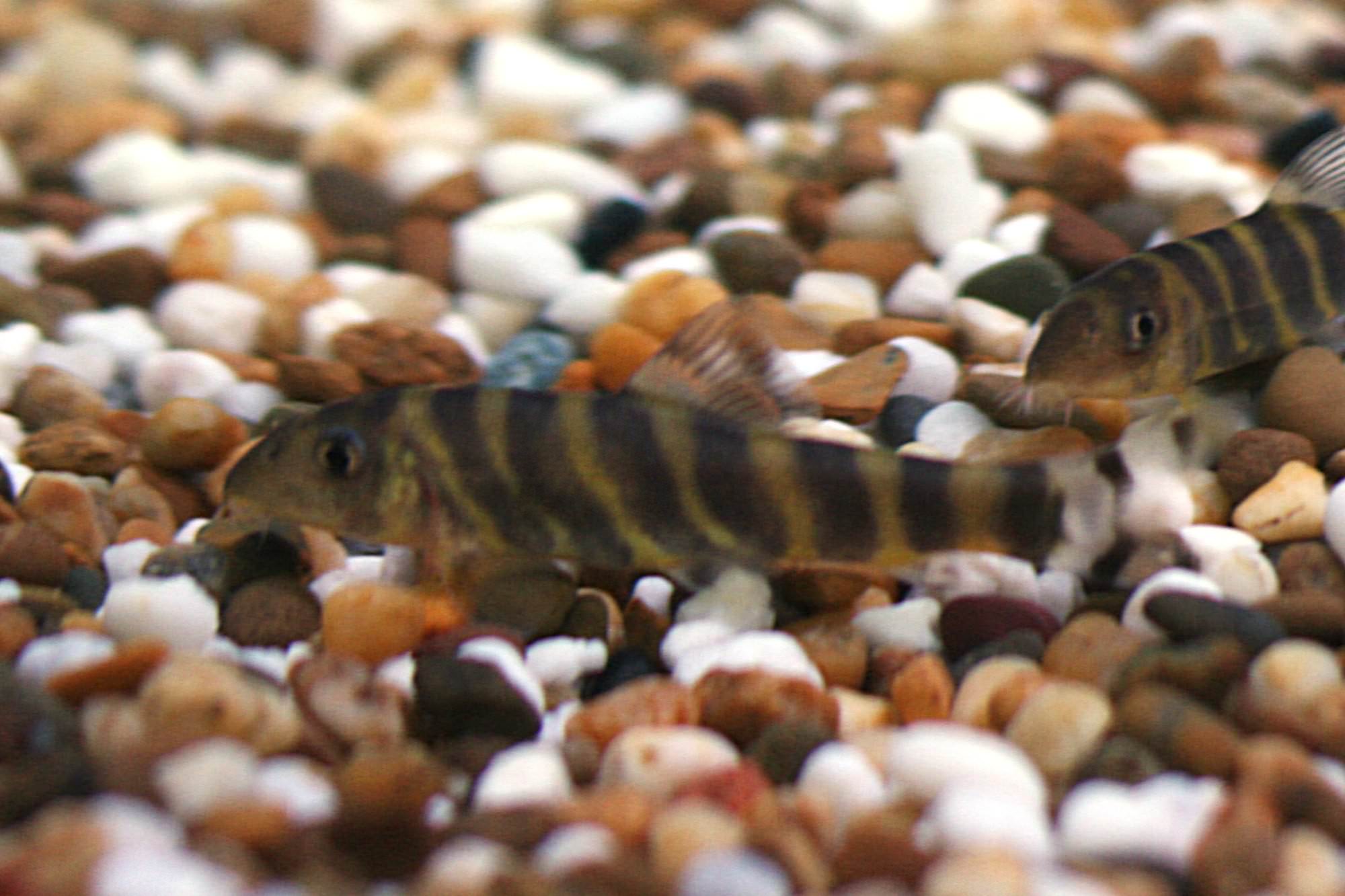
The Bengal loach is a very colorful freshwater fish that is sure to stand out in any aquarium. They have a very distinct appearance with their long and thin body shape.
These fish are a light brown color with dark vertical stripes running down their sides. The stripes are a bit faded and can be hard to see in low light conditions. The Bengal loach is also known to have a very long and slender mouth.
This species has a very long and thin body shape. Their dorsal and anal fins are both long and skinny. They have a forked caudal fin that is slightly taller than their body.
The Bengal loach is a very peaceful fish that is perfect for any community aquarium. They are known to be very good at eating algae and other unwanted pests in the tank.
Lifespan
The average lifespan of a Bengal loach is around 10 years. This is rather impressive and means that if you take good care of them, they’ll be around for quite a while!
Just like any fish, the lifespan of your Bengal loach can change significantly based on how they are treated. Things like poor water quality, stress from bad tank mates, or a suboptimal diet can drastically shorten their lifespan.
Size
Bengal loaches typically only grow to be about 4 inches in length, making them a small addition to your aquarium.
Tank
Tank Size
The recommended minimum tank size for Bengal loaches is 30 gallons. This is assuming you’re keeping them in a school of at least 3 or 4 fish (which you should).
We personally recommend a slightly larger tank if you can accommodate it. Every extra space will make a big difference and allow you to keep a larger school or more tank mates if you’re interested in a community tank.
Water Parameters
The Bengal loach is a tropical fish that requires warm water to thrive. That said, they are a bit more adaptable than some other tropical species.
The ideal water temperature for Bengal loaches is between 75 and 82 degrees Fahrenheit. They can tolerate a wider range, but this is the sweet spot.
As for the other water parameters, aim to keep them as close to the natural habitat as possible. That includes a slightly acidic to neutral pH, moderate hardness, and plenty of dissolved oxygen.
- Water temperature: 75 to 82 degrees Fahrenheit
- pH levels: 6.5 to 7.5
- Water hardness: 5 to 15 dGH
- Alkalinity Levels: 4-8 dKH
What To Put In Their Tank
When it comes to setting up the inside of an aquarium for Bengal loaches you can be as creative as you want. There aren’t any specific things that this species NEEDS to have, which gives you plenty of options.
We recommend some of the standard decorations that you find in a lot of freshwater tanks. There are a ton of great plants you can include (like hornwort or water wisteria). You can even throw in some floating aquarium plants too!
Rocks, driftwood, and caves are all suitable as well. It’s important to avoid going overboard with this since these fish like some room to swim.
Also, if you’re keeping your Bengal loaches in a smaller tank then it’s going to be difficult to include a lot of this stuff anyway.
A classic gravel substrate is always a good choice, but you can do with something soft and sandy if needed too (use other species you keep as a guide with this).
Common Diseases
The Bengal loach is a hardy fish that doesn’t usually succumb to disease. However, there are a few illnesses that they are susceptible to.
The most common disease that these fish experience is ich. Ich is a very common parasitic infection that can affect freshwater fish.
The most obvious symptom of ich is the presence of white spots on the body of your fish. If you notice this, it’s important to take action immediately.
There are plenty of other potential diseases that can affect this species as well, but they’re not as common.
Another thing to look out for is infection from cuts. The most common cause of this is keeping your Bengal loach in a tank with a rough substrate (or aggressive species that want to fight).
In general, the best way to prevent these fish from getting sick is to maintain the quality of the water in their tank. A tank with clean and stable water conditions always leads to healthier fish who are more resistant to disease.
Behavior & Temperament
The Bengal loach is a shy fish that spends most of its time hiding. In the wild, they live in dense forests near the riverbanks. This is where they feel the safest.
In captivity, they try to recreate this same environment by hiding in dark crevices and under rocks. If you don’t provide them with enough hiding spots, they’ll become stressed. A stressed Bengal loach is more likely to get sick and may even die.
These fish are nocturnal, so you won’t see them much during the day. At night, they’ll come out to scavenge for food.
Bengal loaches are peaceful fish, but they can be territorial with their own species. If you’re keeping more than one Bengal loach, make sure you have a large tank. They need plenty of space to hide and feel secure.
Tank Mates
Bengal loaches are peaceful fish that do well in community tanks. They’re not aggressive and get along with most species.
These fish are also bottom dwellers. This means they’re less likely to come into contact with other fish in the tank.
As a result, you can choose a wide variety of tank mates for your Bengal loach.
Some good options include:
- Platies
- Mollies
- Swordtails
- Guppies
- Tetras
- Corydoras
- plecos
- snails
Breeding
Bengal loaches are a little difficult to breed in captivity. The biggest challenge is getting them to spawn in the first place. These fish are very shy and need just the right conditions to feel comfortable enough to breed.
The best way to start is by setting up a breeding tank. It should be at least 20 gallons and filled with soft, slightly acidic water. You can use a sponge filter to keep the water clean.
Add some live plants to the breeding tank. Java moss is a good choice. It will give the fry somewhere to hide when they’re first born. You can also add a piece of driftwood to the breeding tank.
The water temperature should be between 72 and 82 degrees Fahrenheit. Once the breeding tank is set up, add two males and three females.
The key to successful breeding is to make sure the fish are well-fed. Feed them a variety of live foods, like bloodworms and brine shrimp. You may need to feed them several times a day to get them in breeding condition.
As the fish start to mature, you may see them chasing each other around the tank. That’s a good sign that they’re ready to breed.
When the females are ready to spawn, they will lay their eggs on the plants in the tank. The males will then fertilize the eggs.
Once the eggs are fertilized, the parents will lose interest in them. That’s when you need to remove the adults from the breeding tank. If you leave them in, they will eat the eggs.
The eggs will hatch in about a week. When they hatch, the fry will be very small and vulnerable. They will need to be fed live foods, like baby brine shrimp or microworms.
Conclusion
The Bengal loach is a great choice for someone looking for a unique and interesting fish to add to their tank.
They’re not the easiest fish to care for, but they’re definitely not the hardest either.
As long as you’re prepared to do a little bit of research and you’re willing to put in the effort, we think you’ll be very happy with your decision to add a Bengal loach to your tank!

